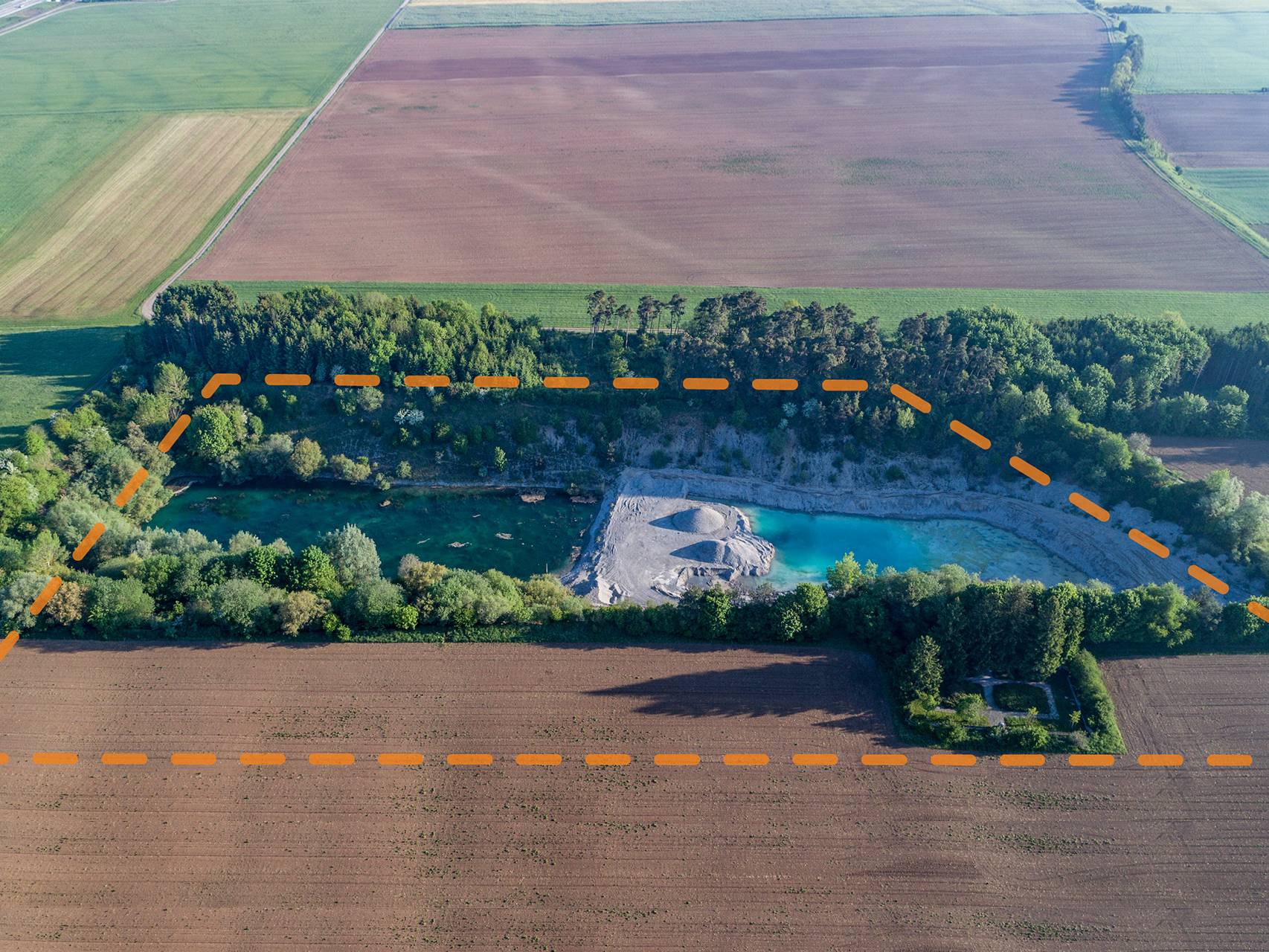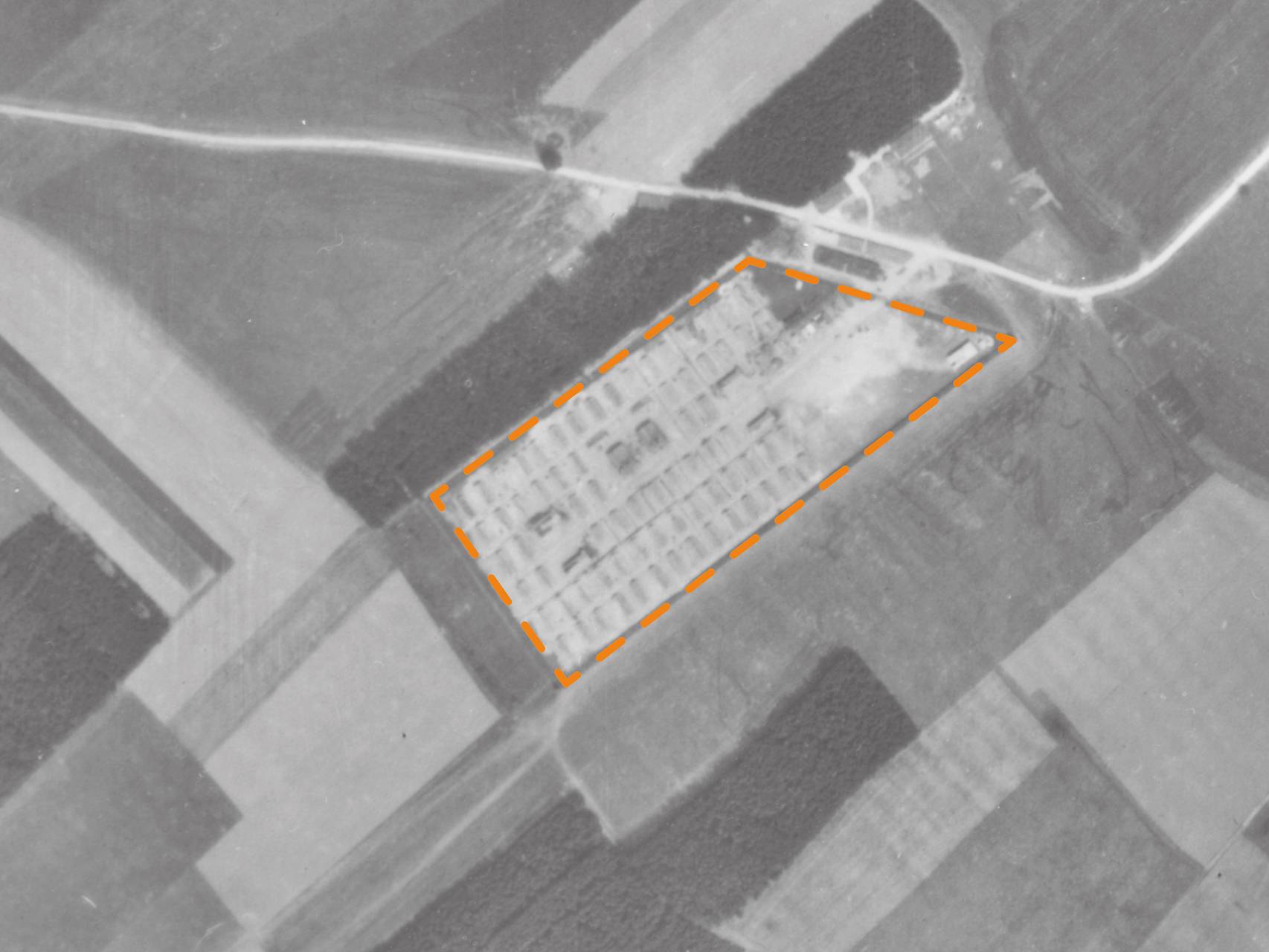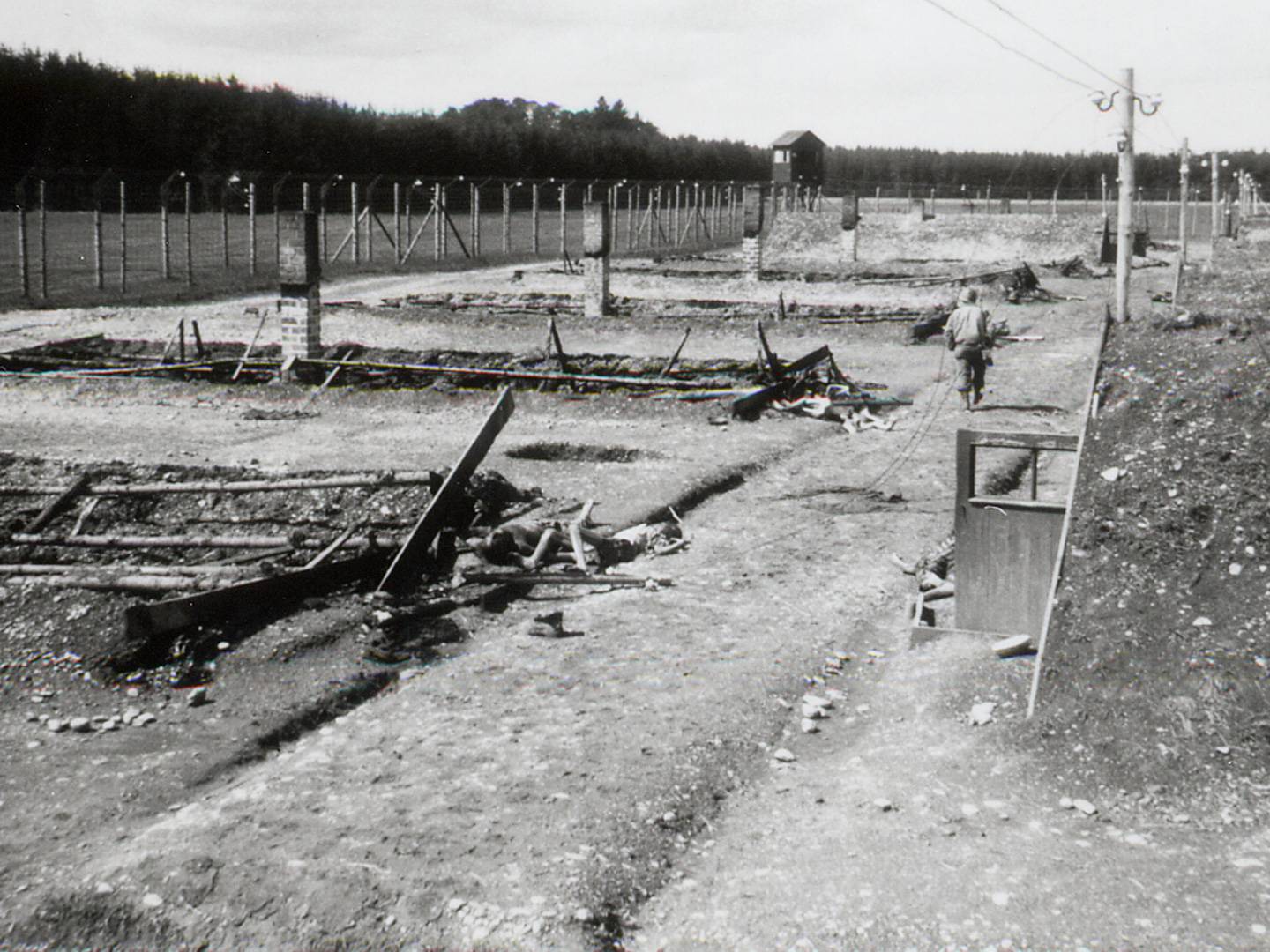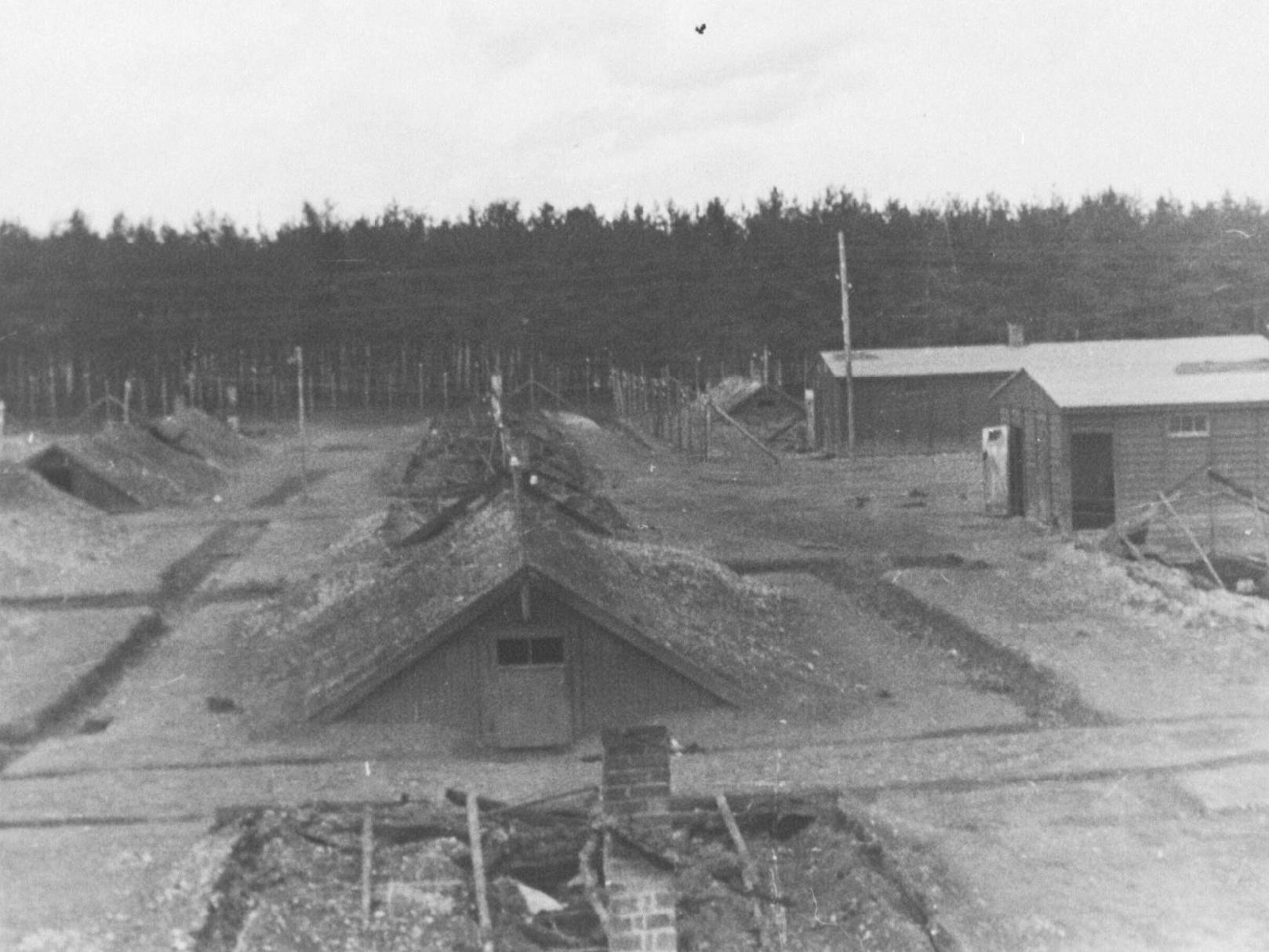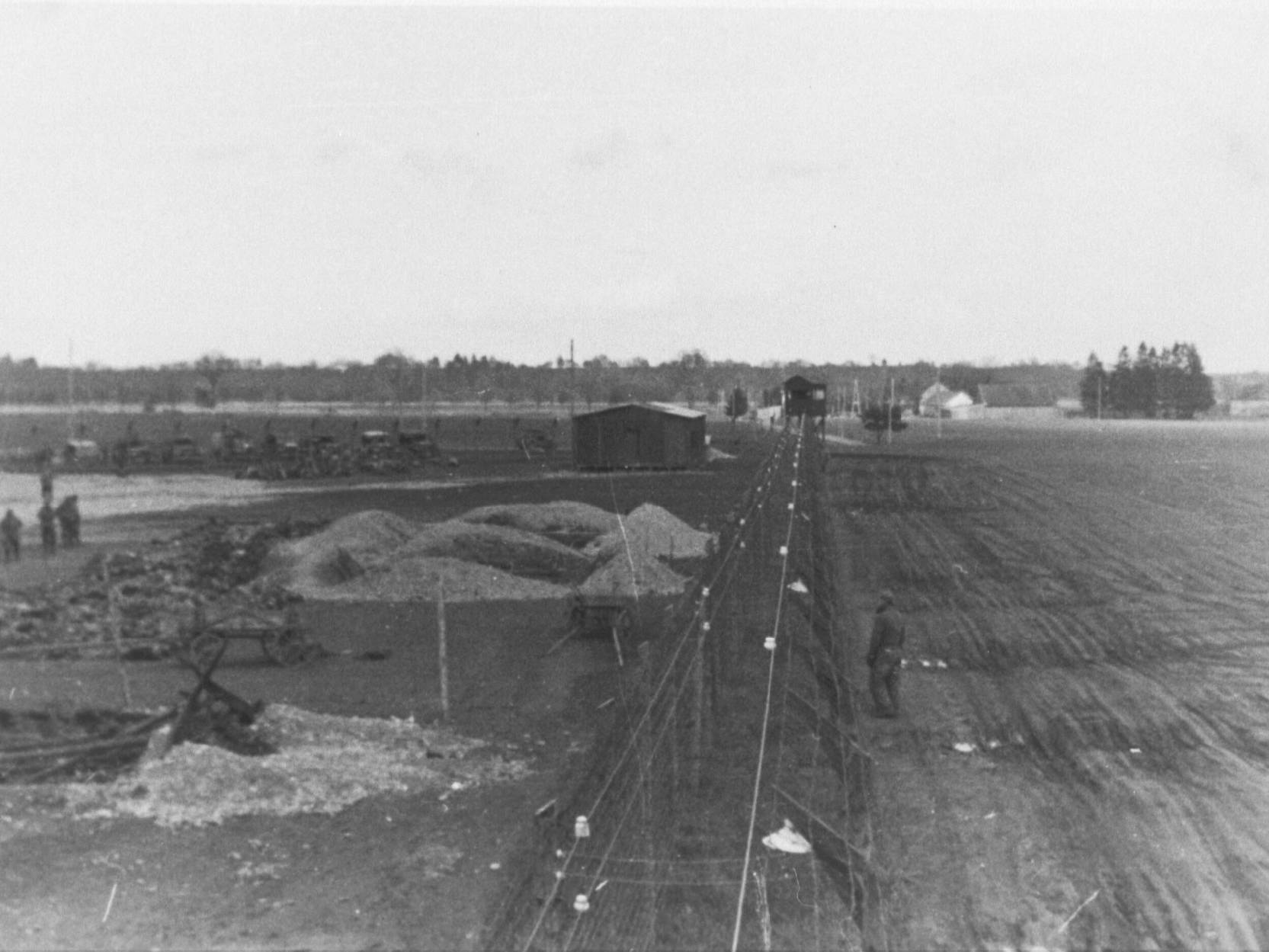Kaufering IV (Hurlach)
The first transport with 800 female concentration camp prisoners reached Kaufering IV concentration subcamp on 1 August 1944. When the Camp Commandent, Eichelsdörfer, took over the camp in January 1945, the occupancy rate was 2,158 male prisoners.
The prisoner’s working day started at 4.30 am. They had to remain in formation until 6.00 am, before they set off for the “Walnuß II” bunker construction site. There they carried out backbreaking work under the supervision of SS and OT members. At 8.00 pm the prisoners assembled in the camp again.
After Dachau satellite Camp Number Four was declared a camp for the sick, and nicknamed “Death Camp”, there was not much to do and little to hope for. We languished from the diseases that afflicted us, and were tormented by the lice that attacked us from all sides.
– Israel I. Cohen about the “Death Camp”
In late 1944/early 1945, the camp, together with Kaufering III, became a hospital or death camp. Concentration camp prisoners still considered to be fit for work were transferred to Kaufering I, whereas sick people from other camps were deported to Kaufering IV. There was a lack of medication, dressing material and medical instruments. Based on the last known place of detention, more than 2,500 prisoners perished in camp IV since January 1945.
Evacuation commenced on 25 April 1945. All prisoners able to walk were sent on a death march or by train to Dachau concentration camp. The train became the target of an Allied air strike.
Camp physician, Dr Max Blancke, gave the order to set the camp on fire on 27 April before the arrival of the US American troops. He committed suicide that same day.
Today a gravel pit and the Hurlach concentration camp cemetery are located on the former camp premises.
Usually, prisoners who could no longer walk were soon transferred to Camp Four. The Germans referred to it as the ”sick camp”, but in reality it was a death camp, not much better than Auschwitz, only without gas chambers. In Camp Four, men were left lying naked on the wooden panels. Their rations were drastically reduced, and most of them starved to death. As far as we knew, nobody returned from this camp.
– Solly Ganor about the Camp
For more in-depth insights into the Landsberg/Kaufering subcamp complex, click here to go to the overview page.


